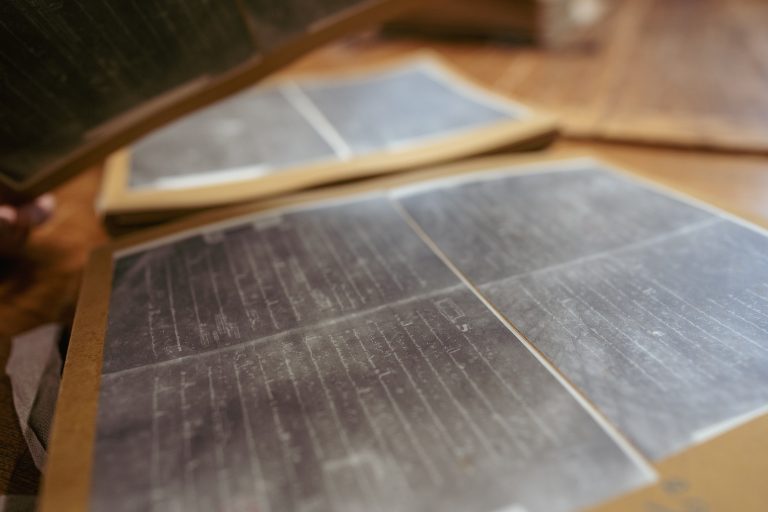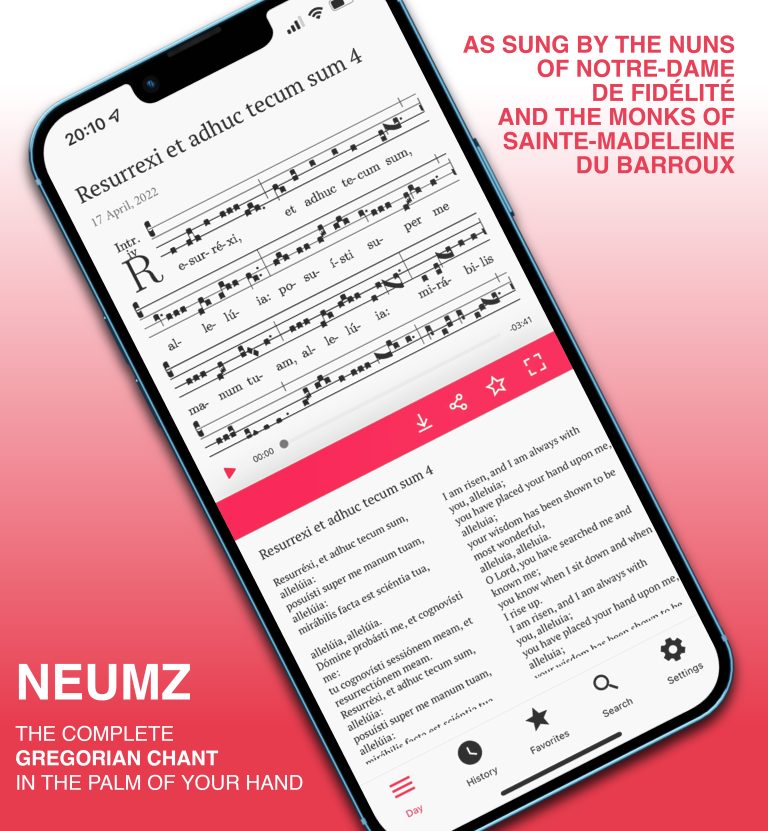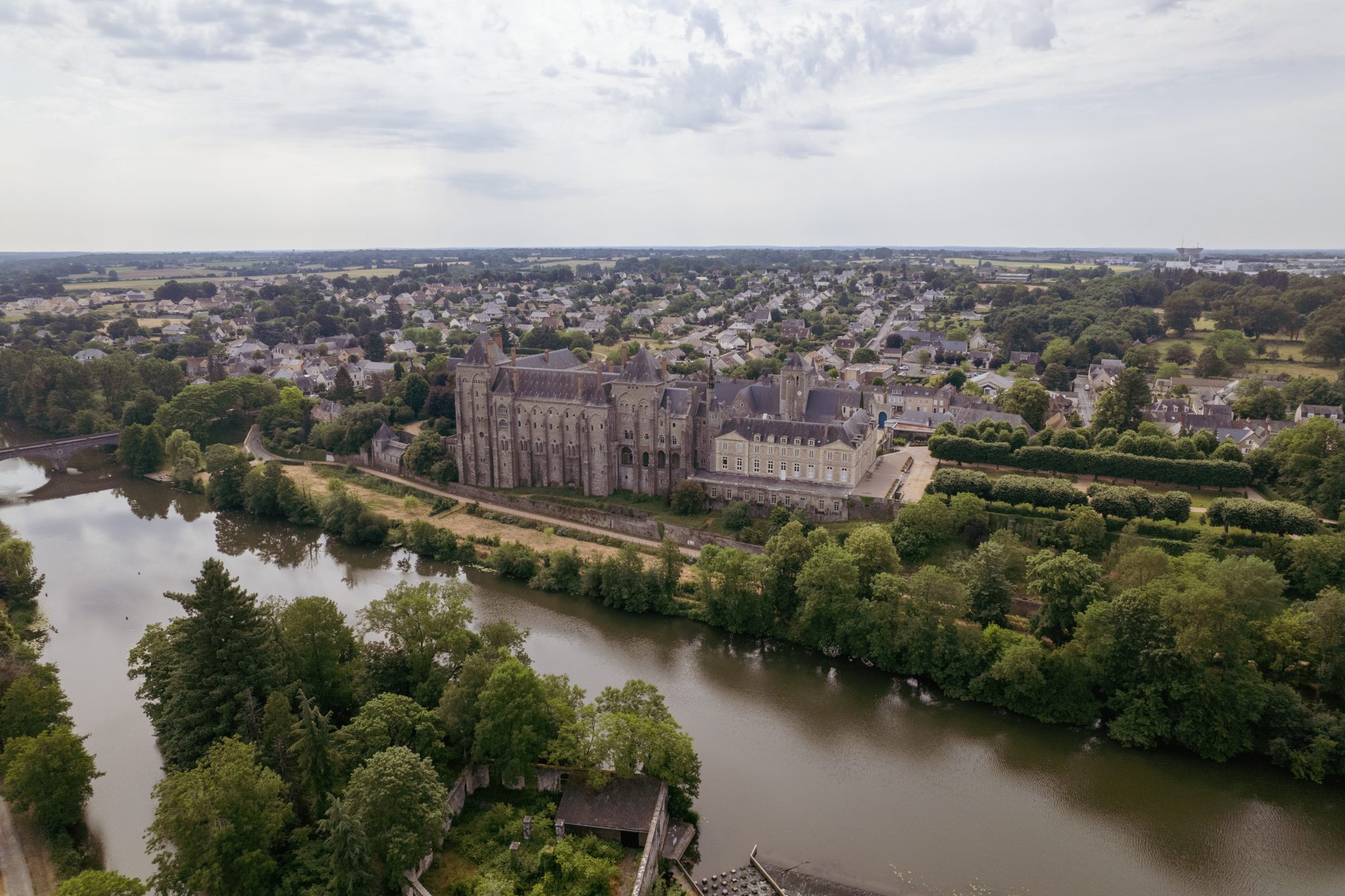Since the late 19th century, Solesmes monks painstakingly assembled a photographic collection of 2500 Gregorian chant manuscripts from across Europe. With modern technology, this collection will be digitised for global scholars, preserving the archive and their scholarship.
In the 19th century, the Benedictine monks of the Abbey of Saint-Pierre de Solesmes, located in the French town of the same name, received a commission from their father Abbot, Dom Prosper Guéranger: they were to scour monasteries and libraries throughout Europe in search of Gregorian chant manuscripts, to restore the Catholic Church’s melodies from the accretion of centuries of contaminations and errors. So the Solesmes monks went around Europe photographing all the manuscripts in the major libraries, amassing 400,000 images.
Now, in the 21st century, thanks to optical music recognition and music information retrieval developed by the University of Alicante and the University of Jaén, the unique collection of the Solesmes Palaeography Workshop, the sanctuary of the restoration of Gregorian chant, will be digitised and catalogued and made freely available to scholars worldwide.
The Repertorium team will carry out another task worthy of the Benedictines, using AI to recover forgotten melodies from these manuscripts. The music information retrieval process is expected to unearth approximately 4,000 forgotten melodies, a selection of which will be sung and recorded.
Vatican Editions
The “Vatican Editions” of Gregorian chant, endorsed by Pope Pio X (1903) and promulgated to the Roman Catholic Church, for which they are still official editions, were prepared under the scholarly authority of the monks of the Atelier de paléographie musicale de Solesmes, which shows the importance of this archive. Many of the plates include annotations by the monks who oversaw the musical and textual restoration.
This archive, therefore, affords musicologists studying this chapter of church history a unique opportunity to view the materials, criteria, and procedures used by the monks in creating their editions.

Neumz

The Complete Gregorian Chant, in the Palm of your Hand
In addition, the Neumz team integrated into the Repertorium project will be recording the entire Mass and Divine Office at the Benedictine Abbey of Sainte-Madeleine for over a year. Amounting to more than 2,200 hours of recording, it is exceptional because, in this abbey in the south of France, the entire liturgy is celebrated according to the Tridentine Rite, the rite celebrated before the Second Vatican Council, in Latin and according to the ancient manuscript tradition. This rite’s exceptional and historic character will thus also be preserved and disseminated. All these recordings will be available on the specialised Gregorian app “Neumz”, with translations of the Latin text in 5 languages and all the scores in synchronised square notation.
With this magnificent and unique musical collection of recordings and through optical music recognition of the images from the Palaeography Workshop of the Abbey of Solesmes, the public will be able to listen again in the 21st century to hundreds of musical works only accessible until now to a small number of experts. The neumes, the original musical signs of the Gregorian repertoire, will be heard again in a kind of “Liber Digitalis”, a digital book wherein musical notation and audio allow us to enjoy the centuries-old peace of this sublime sacred chant.
From the pieces discovered in the cataloguing process, a concert will be held for their dissemination by Schola Antiqua, a choir from Madrid belonging to the Hispanic Association for the Study of Gregorian Chant, directed by the expert Gregorianist Juan Carlos Asensio.
This will be the first time these melodies will be heard in 1000 years!





